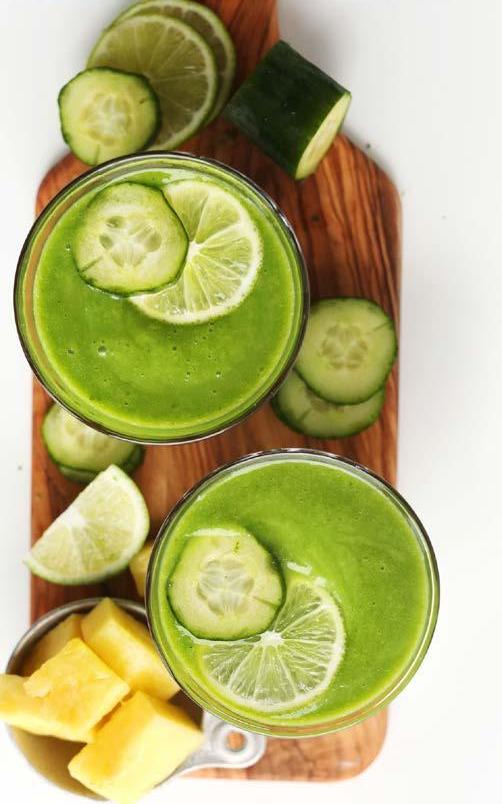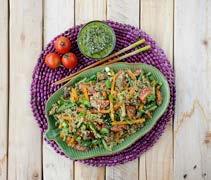
2 minute read
How to make the most of spring produce
BECKY KRYSTAL
THE arrival of the earliest spring produce is absolutely thrilling – at least for me. But then I lead a pretty tame life. Even if seeing those first spears of asparagus and cherubic radishes doesn’t send you into the same paroxysms of joy, there’s still a reason to celebrate.
Advertisement
After a season full of heavier and more heavily sauced foods, I think it’s best to keep things relatively light with spring’s initial offerings. Here’s some guidance for a few of the major players.
Asparagus
Nothing else says spring to me as much as a bunch of asparagus, mostly because I get really into hunting for the young, slim spears that pop up in random places around my husband’s grandmother’s farm. Those come straight out of the ground to be cooked, but larger, more mature spears can have tougher bottoms.
Conventional wisdom suggests snapping or cutting off the ends. That can lead to a lot of waste, though, so consider just peeling the tougher exteriors toward the bottom, or even a combination of minimal trimming and peeling. Asparagus will keep in the fridge for a couple of days. I’ve had good luck keeping it fresh for close to a week by standing the bunch up in a glass with a 2.5cm of water.
I rarely want to do more to asparagus than drizzle it with olive oil and season with salt and pepper before roasting. A quick steam in a pan or the microwave is good, too. Other simple preparations include grilling, shaving the spears into a salad and stir-frying.
Spring onions
No, they’re not the same things as scallions or green onions. Unlike scallions, spring onions have more of a bulb at the bottom, as they’re regular onions that have been plucked out of the ground before they fully mature. Cook’s Country says scallions and spring onions can be used interchangeably in most raw uses, but their size and slightly different flavour means they won’t necessarily behave the same way when cooked.
Look for spring onions with firm, non-wilted green tops and shiny white bulbs. They’re best stored in the refrigerator in a plastic bag.
Because of their sweetness and sturdiness, spring onions are prime candidates for roasting and grilling. But they’re also incredibly versatile, whether you want to put them into a quiche, scones, or grain salad.
New potatoes
Like spring onions, new potatoes are harvested before they’re fully grown.
According to The New Food Lover’s Companion by Sharon Tyler Herbst and Ron Herbst, “They haven’t had time to convert their sugar fully into starch and consequently have a crispy, waxy texture and thin, undeveloped wispy skins.”
The book recommends using them within a few days of purchase.
Cook new potatoes whole, such as roasted or boiled. Or try them in potato salad.
Radishes
If you need a pop of colour and something crisp and refreshing, radishes have you covered. You’re probably most familiar with the widely available round, red radishes, although even more colours and shapes will start to arrive on the scene in summer.
Look for firm radishes with fresh-looking green leaves. You’ll want to separate the leaves and roots when you get home, or else the leaves can wilt.
Whether mild or peppery, radishes shine when raw and cooked. Radishes are a natural sliced over a salad and tucked into sandwiches and tacos. Or roast them simply with some olive oil, salt and pepper, topped with fresh herbs.










